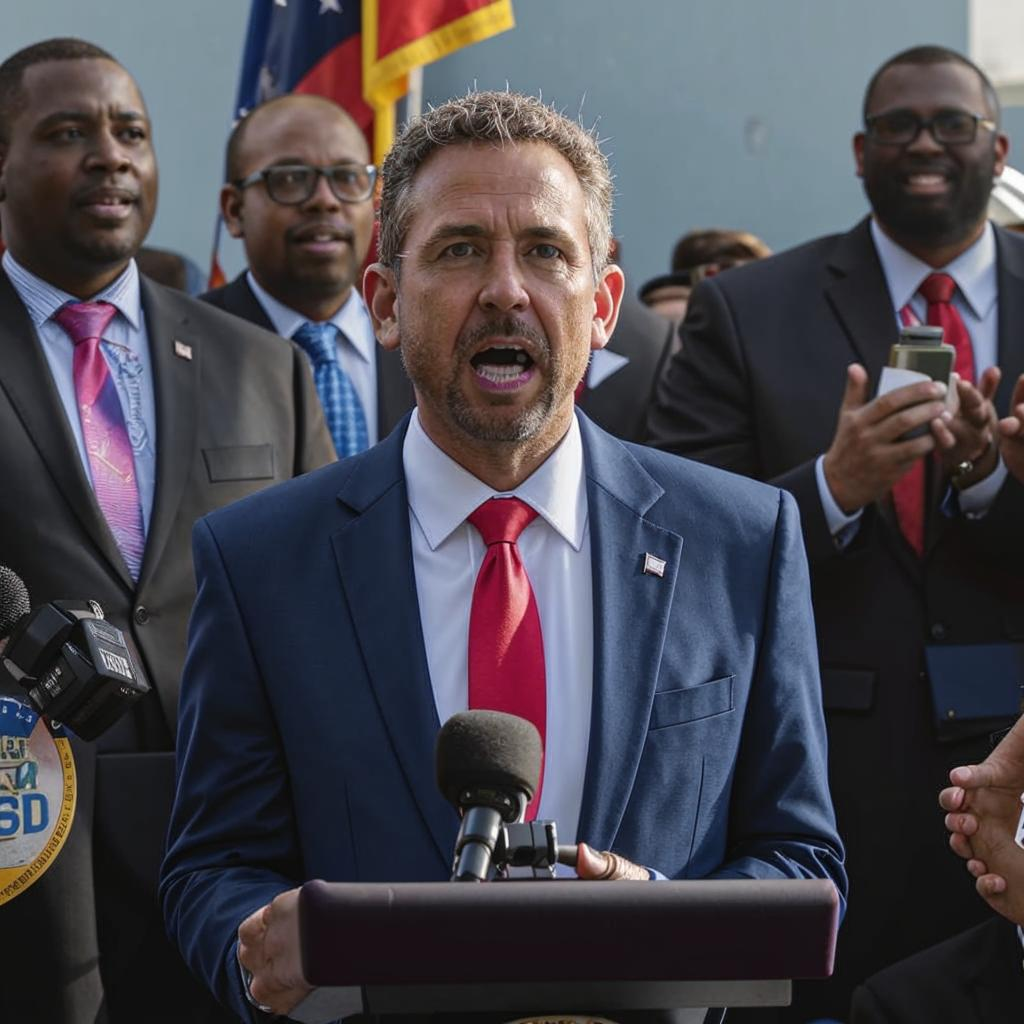The American dream of homeownership is becoming increasingly unattainable for a significant portion of the population. Despite earlier predictions of a market correction, housing prices continue their upward trajectory, defying expectations and placing immense strain on prospective buyers.
Several factors contribute to this affordability crisis. Persistently low inventory, particularly of starter homes, creates intense competition among buyers. Supply chain disruptions and labor shortages continue to impact new construction, further limiting options. Moreover, rising interest rates, while intended to curb inflation, have simultaneously increased the cost of mortgages, making it even more difficult for individuals and families to qualify for loans.
The consequences of this crisis are far-reaching. Many young adults are delaying homeownership, remaining in rental situations or living with family longer than anticipated. This has a ripple effect on family formation, local economies, and overall societal well-being.
The lack of affordable housing also exacerbates existing inequalities. Lower-income individuals and minority communities are disproportionately affected, facing significant barriers to building wealth and achieving financial security.
Addressing this crisis requires a multifaceted approach. Policymakers need to explore strategies to increase housing supply, including incentivizing new construction and reforming zoning regulations. Innovative financing options and down payment assistance programs can help first-time buyers overcome financial hurdles. Moreover, addressing the root causes of income inequality is crucial to ensuring that everyone has a fair chance at achieving the American dream. The housing affordability crisis demands urgent attention and creative solutions to prevent a generation from being locked out of homeownership.















